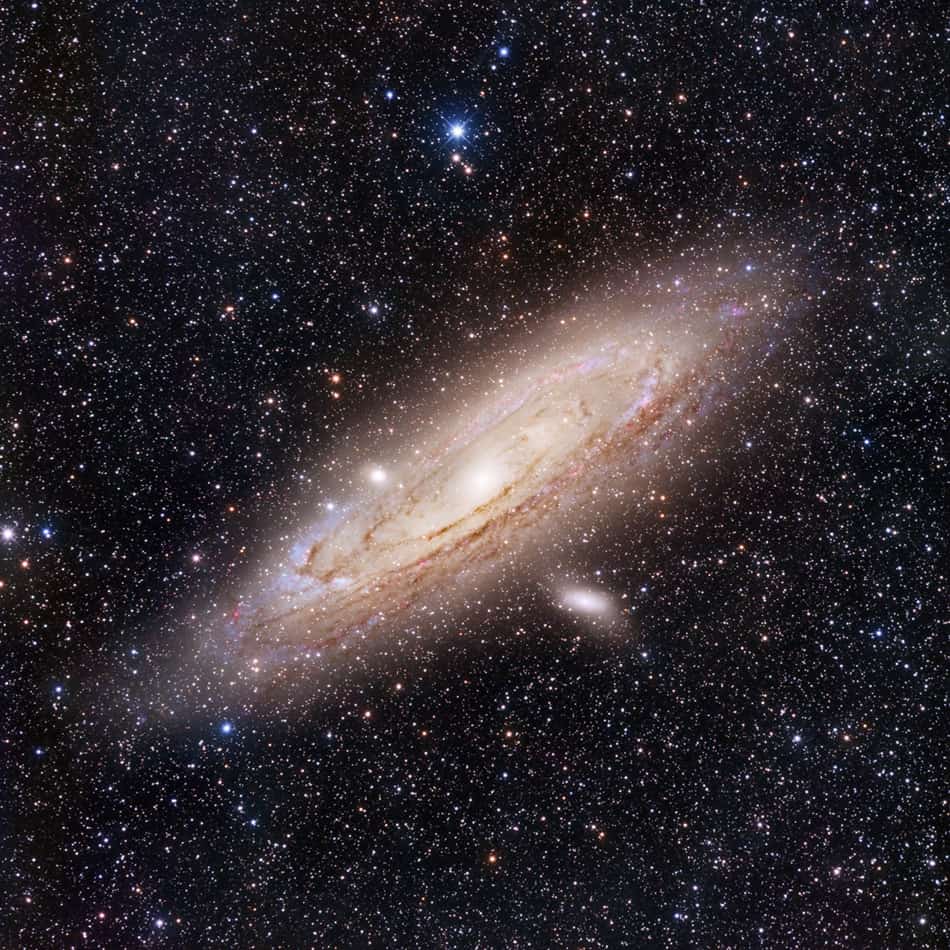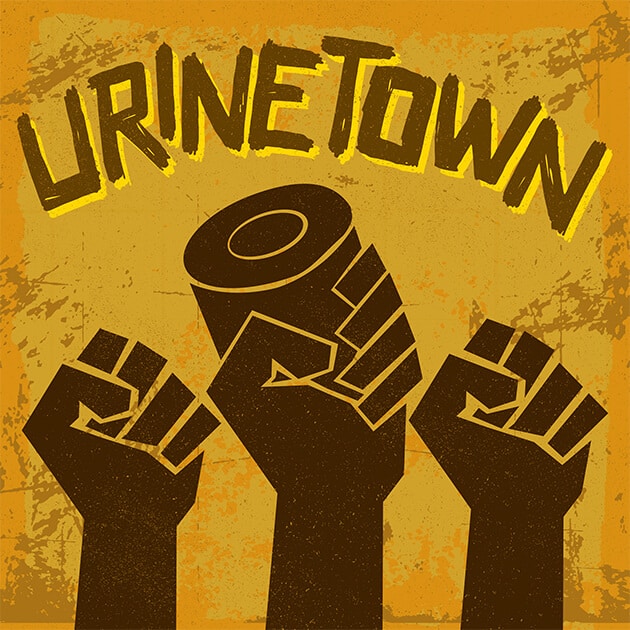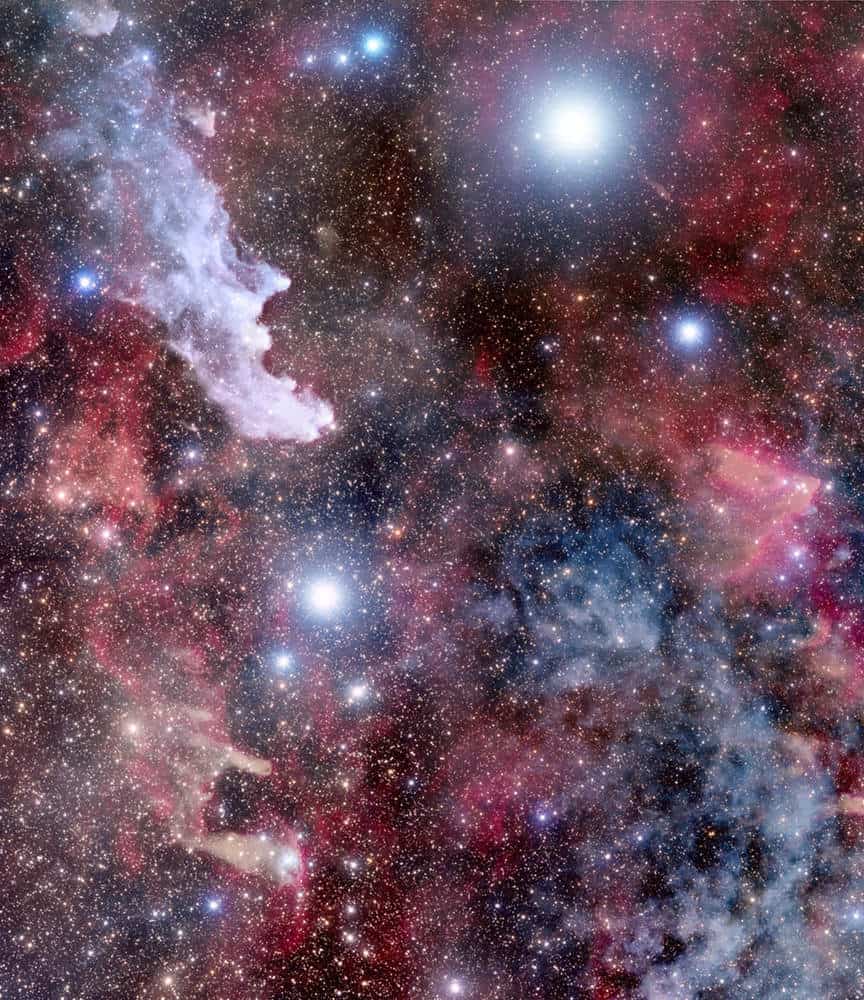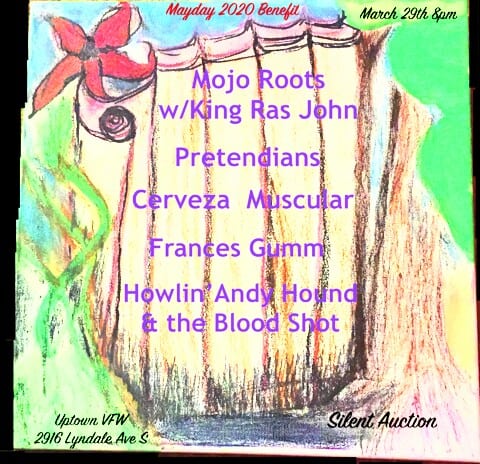Blog
Roy Owen Haynes (born March 13, 1925)[1] is an American jazz drummer and group leader. Haynes is among the most recorded drummers in jazz, and in a career lasting over 70 years has played in a wide range of styles ranging from swing and bebop to jazz fusion and avant-garde jazz. “Snap Crackle” was a nickname given him in the 1950s.
He has also led his own groups, some performing under the name Hip Ensemble. His recordings as a leader, Fountain of Youth[2] and Whereas, were nominated for a Grammy Award. He continues to perform worldwide and was inducted into the Modern Drummer Hall of Fame in 1999. His son Graham Haynes is a cornetist; his son Craig Haynes and grandson Marcus Gilmore are both drummers. Haynes was born in the Roxbury section of Boston, Massachusetts. His younger brother, Michael E. Haynes, would go on to become an important leader in the black community of Massachusetts, working with Martin Luther King Jr. during the civil rights movement, representing Roxbury in the Massachusetts House of Representatives, and for forty years serving as pastor of the Twelfth Baptist Church, where King had been a member while he pursued his doctoral degree at Boston University.
Roy Haynes made his professional debut in 1944 in his native Boston and began his full-time professional career in 1945. From 1947 to 1949 he worked with saxophonist Lester Young, and from 1949 to 1952 was a member of saxophonist Charlie Parker‘s quintet. He also recorded at the time with pianist Bud Powell and saxophonists Wardell Gray and Stan Getz. From 1953 to 1958 he toured with singer Sarah Vaughan and also recorded with her.
more...Otis Verries Hicks, known as Lightnin’ Slim (March 13, 1913 – July 27, 1974), was an American Louisiana blues musician, who recorded for Excello Records and played in a style similar to its other Louisiana artists. The blues critic ED Denson ranked him as one of the five great bluesmen of the 1950s, along with Muddy Waters, Little Walter, Howlin’ Wolf and Sonny Boy Williamson. According to most sources, Otis Hicks was born on a farm outside St. Louis, Missouri, but the researchers Bob Eagle and Eric LeBlanc stated, on the basis of his draft card, that he was born in Good Pine, Louisiana. He moved to Baton Rouge at the age of thirteen. Taught guitar by his older brother Layfield, Slim was playing in bars in Baton Rouge by the late 1940s.
His first recording was “Bad Luck Blues” (“If it wasn’t for bad luck, I wouldn’t have no luck at all”), released by J. D. “Jay” Miller‘s Feature Records in 1954. It was Miller, who had a penchant for picking colourful artists’ names, who christened him “Lightnin’ Slim”. Slim then recorded for Excello Records for twelve years, starting in the mid-1950s, often collaborating with his brother-in-law Slim Harpo and with the harmonica player Lazy Lester.
Slim stopped performing the blues for a time and eventually worked in a foundry in Pontiac, Michigan, as a result of which his hands were constantly exposed to high temperatures. He was rediscovered by Fred Reif in 1970, in Pontiac, where he was living in a rented room at Slim Harpo’s sister’s house. Reif soon got him back performing again and a new recording contract with Excello, this time through Bud Howell, then the president of the company. His first engagement was a reunion concert in 1971 at the University of Chicago Folk Festival with Lazy Lester, whom Reif had brought from Baton Rouge in January of that year.
In the 1970s, Slim performed on tours in Europe, in the United Kingdom and at the Montreux Jazz Festival in Switzerland, for which he was often accompanied by Moses “Whispering” Smith on harmonica. He last toured the UK in 1973, with the American Blues Legends package organised by Big Bear Records. In July 1974, Slim died of stomach cancer in Detroit, Michigan, aged 61.
more...Bulerias-On the etymology of the name there are various theories: de mockery (burlería), bulla (bullería), bolero (bolería), fulero (fulería). Bulero (deceiver). Artists like Pastora Pavón or Manuel Vallejo took the initiative with their impeccable performances to elevate him to the pantheon of the most considered cantes. What was originally a cante to accompany the dance would end up being the king of the stages and recordings.
more...The Andromeda Galaxy (IPA: /ænˈdrɒmɪdə/), also known as Messier 31, M31, or NGC 224 and originally the Andromeda Nebula (see below), is a spiral galaxy approximately 2.5 million light-years (770 kiloparsecs) from Earth, and the nearest major galaxy to the Milky Way. The galaxy’s name stems from the area of the Earth’s sky in which it appears, the constellation of Andromeda.
The virial mass of the Andromeda Galaxy is of the same order of magnitude as that of the Milky Way, at 1 trillion solar masses (2.0×1042 kilograms). The mass of either galaxy is difficult to estimate with any accuracy, but it was long thought that the Andromeda Galaxy is more massive than the Milky Way by a margin of some 25% to 50%. This has been called into question by a 2018 study which cited a lower estimate on the mass of the Andromeda Galaxy, combined with preliminary reports on a 2019 study estimating a higher mass of the Milky Way. The Andromeda Galaxy has a diameter of about 220,000 ly (67 kpc), making it the largest member of the Local Group at least in terms of extension, if not mass.
The number of stars contained in the Andromeda Galaxy is estimated at one trillion (1×1012), or roughly twice the number estimated for the Milky Way.
The Milky Way and Andromeda galaxies are expected to collide in around 4.5 billion years, merging to form a giant elliptical galaxy or a large lenticular galaxy. With an apparent magnitude of 3.4, the Andromeda Galaxy is among the brightest of the Messier objects making it visible to the naked eye from Earth on moonless nights, even when viewed from areas with moderate light pollution.

James Vernon Taylor (born March 12, 1948) is an American singer-songwriter and guitarist. A five-time Grammy Award winner, he was inducted into the Rock and Roll Hall of Fame in 2000. He is one of the best-selling music artists of all time, having sold more than 100 million records worldwide.
Taylor achieved his breakthrough in 1970 with the No. 3 single “Fire and Rain” and had his first No. 1 hit in 1971 with his recording of “You’ve Got a Friend“, written by Carole King in the same year. His 1976 Greatest Hits album was certified Diamond and has sold 12 million US copies. Following his 1977 album, JT, he has retained a large audience over the decades. Every album that he released from 1977 to 2007 sold over 1 million copies. He enjoyed a resurgence in chart performance during the late 1990s and 2000s, when he recorded some of his most-awarded work (including Hourglass, October Road, and Covers). He achieved his first number-one album in the US in 2015 with his recording Before This World.
He is known for his covers, such as “How Sweet It Is (To Be Loved by You)” and “Handy Man“, as well as originals such as “Sweet Baby James“.
James Vernon Taylor was born at Massachusetts General Hospital in Boston on March 12, 1948, where his father, Isaac M. Taylor, worked as a resident physician.
https://www.youtube.com/watch?v=JOIo4lEpsPY
more...Alwin Lopez Jarreau (March 12, 1940 – February 12, 2017) was an American singer and musician. He received a total of seven Grammy Awardsand was nominated for over a dozen more. Jarreau is perhaps best known for his 1981 album Breakin’ Away. He also sang the theme song of the 1980s television series Moonlighting, and was among the performers on the 1985 charity song “We Are the World.”
Jarreau was born in Milwaukee, Wisconsin on March 12, 1940, the fifth of six children. Jarreau’s father was a Seventh-day Adventist Church minister and singer, and his mother was a church pianist. Jarreau and his family sang together in church concerts and in benefits, and he and his mother performed at PTA meetings.
more...Hugh Lawson (March 12, 1935 – March 11, 1997), was an American jazz pianist from Detroit who worked with Yusef Lateef for more than 10 years.
Inspired by Bud Powell, Hampton Hawes and Bill Evans, Lawson first gained recognition for his work with Yusef Lateef from 1957 onwards. He recorded with Harry “Sweets” Edison (1962), Roy Brooks, and Lateef again on several occasions in the 1960s. In 1972, he performed with “The Piano Choir” (Strata-East), a group with seven pianists including Stanley Cowell and Harold Mabern. He went on to tour with Charles Mingus in 1975 and 1977 and made recordings with Charlie Rouse (1977), George Adams, and as a leader.
Lawson died of colon cancer in White Plains, NY, March 11, 1997, at the age of 61.
https://www.youtube.com/watch?v=8gZflU8QSEE
more...Don Drummond (12 March 1932 – 6 May 1969) was a Jamaican ska trombonist and composer. He was one of the original members of The Skatalites, and composed many of their tunes.
Drummond was born at the Jubilee Hospital in Kingston, Jamaica, to Doris Monroe and Uriah Drummond. He was educated at Kingston’s Alpha Boys School, where he later taught his younger schoolmate Rico Rodriguez to play the trombone.
His musical career began in 1950 with the Eric Dean’s All-Stars where he performed jazz. He continued into the 1960s with others, including Kenny Williams.
After performing jazz for a decade, Drummond began performing ska and in 1964 Don joined The Skatalites. With Drummond’s politicized conversion to the Rastafari movement, other band members followed his lead. He became a household name in Jamaica, before suffering mental problems. He was rated by pianist George Shearing to be among the world’s top five trombone players.
In 1965 Drummond was convicted of the murder of his longtime girlfriend, Anita “Marguerita” Mahfood, an exotic rhumba dancer and singer, on 1 January 1965. He was ruled criminally insane and imprisoned at Bellevue Asylum, Kingston, where he remained until his death four years later. The official cause of death was “natural causes”, possibly heart failure caused by malnutrition or improper medication, but other theories were put forward; some of his colleagues believed it was a government plot against the Kingston musical scene, and some believed that he was killed by gangsters as revenge for the murder of Mahfood. Heather Augustyn, author of a biography of Drummond published in 2013 claimed to have proved that Drummond’s death was caused by his medications.
In 2013, a ballet telling the story of Drummond’s life was performed by the National Dance Theatre Company. Created by Clive Thompson, the ballet is titled Malungu, which was Mahfood’s pet name for Drummond.
In 2013 a comprehensive biography of Don Drummond was published by McFarland Publishing. Don Drummond: The Genius and Tragedy of the World’s Greatest Trombonist by Heather Augustyn features a foreword by Delfeayo Marsalis.
more...Urinetown 1pm Matinee Wednesday March 11th 2020 by Theater 55 at Illusion Theater located at Hennepin Center for the Arts Building downtown Minneapolis. URINETOWN, is in fact, a satire of almost every musical you can think of. More than this it parodies the traditions of musicals as a whole in terms of style, structure and story. It also jabs at the legal system, capitalism, corrupt corporation, waste in terms of the environment and our sense of entitlement. Music by Neal McIntosh, Jamie Carter, Chad Green, Paul Fontara, Matty Harris and mick laBriola.

IC 2118 (also known as Witch Head Nebula due to its shape) is an extremely faint reflection nebula believed to be an ancient supernova remnant or gas cloud illuminated by nearby supergiant star Rigel in the constellation of Orion. It lies in the Eridanus constellation, about 900 light-years from Earth. The nature of the dust particles, reflecting blue light better than red, is a factor in giving the Witch Head its blue color. Radio observations show substantial carbon monoxide emission throughout parts of IC 2118, an indicator of the presence of molecular clouds and star formation in the nebula. In fact candidates for pre-main sequence stars and some classic T-Tauri stars have been found deep within the nebula.
The molecular clouds of IC 2118 are probably juxtaposed to the outer boundaries of the vast Orion-Eridanus bubble, a giant supershell of molecular hydrogen blown by the high mass stars of the Orion OB1 association. As the supershell expands into the interstellar medium, favorable circumstances for star formation occur. IC 2118 is located in one such area. The wind blown appearance and cometary shape of the bright reflection nebula is highly suggestive of a strong association with the high mass luminous stars of Orion OB1. The fact that the heads of the cometary clouds of IC2118 point northeast towards the association is strong support of that relationship.

Harvey Mandel (born March 11, 1945, in Detroit, Michigan, United States) is an American guitarist known for his innovative approach to electric guitar playing. A professional at twenty, he played with Charlie Musselwhite, Canned Heat, the Rolling Stones, and John Mayall as well as starting a solo career. Mandel is one of the first rock guitarists to use two-handed fretboard tapping. Mandel was born in Detroit, Michigan, and grew up in Morton Grove, Illinois, a suburb of Chicago.
His first record was the album Stand Back! Here Comes Charley Musselwhite’s Southside Band in 1966 with Charlie Musselwhite. Described in Legends of Rock Guitar (1997) as a “legendary” album, it was influential in bridging the gap between blues and rock and roll, with Mandel’s “relentless fuzztone, feedback-edged solos, and unusual syncopated phrasing.” He relocated to the San Francisco Bay area, performing often at The Matrix, a club where local favorites like Jerry Garcia or Elvin Bishop would sit in and jam. He then met the pioneering San Francisco disc jockey and producer Abe “Voco” Kesh (Abe Keshishian), who signed Mandel to Philips Records and produced his first solo album, Cristo Redentor, in 1968. Mandel recorded with Barry Goldberg on a bootleg from Cherry Records and recorded with Graham Bond. He cut two more solo LPs for Philips, Righteous(1969) and Games Guitars Play (1970), followed by four more solo albums for the independent record label Janus in the early 1970s, which included Baby Batter.
more...Robert Keith McFerrin Jr. (born March 11, 1950) is an American jazz vocalist. He is known for his vocal techniques, such as singing fluidly but with quick and considerable jumps in pitch—for example, sustaining a melody while also rapidly alternating with arpeggios and harmonies—as well as scat singing, polyphonic overtone singing, and improvisational vocal percussion. He is widely known for performing and recording regularly as an unaccompanied solo vocal artist. He has frequently collaborated with other artists from both the jazz and classical scenes.
McFerrin’s song “Don’t Worry, Be Happy” was a No. 1 U.S. pop hit in 1988 and won Song of the Year and Record of the Year honors at the 1989 Grammy Awards. McFerrin has also worked in collaboration with instrumentalists, including pianists Chick Corea, Herbie Hancock, and Joe Zawinul, drummer Tony Williams, and cellist Yo-Yo Ma.
McFerrin was born in Manhattan, New York City, the son of operatic baritone Robert McFerrin and singer Sara Copper. He attended Cathedral High School in Los Angeles , Cerritos College, University of Illinois at Springfield (then known as Sangamon State University) and the California State University, Sacramento.
more...Astor Pantaleón Piazzolla (Spanish pronunciation: [pjaˈsola], Italian pronunciation: [pjatˈtsɔlla]; March 11, 1921 – July 4, 1992) was an Argentine tangocomposer, bandoneon player, and arranger. His oeuvre revolutionized the traditional tango into a new style termed nuevo tango, incorporating elements from jazz and classical music. A virtuoso bandoneonist, he regularly performed his own compositions with a variety of ensembles.
In 1992, American music critic Stephen Holden described Piazzolla as “the world’s foremost composer of tango music”.Piazzolla was born in Mar del Plata, Argentina, in 1921, the only child of Italian immigrant parents, Vicente “Nonino” Piazzolla and Assunta Manetti.His paternal grandfather, a sailor and fisherman named Pantaleo (later Pantaleón) Piazzolla, had immigrated to Mar del Plata from Trani, a seaport in the southeastern Italian region of Apulia, at the end of the 19th century. His mother was the daughter of two Italian immigrants from Lucca in Tuscany.
https://www.youtube.com/watch?v=IaP0P8YDIsQ
more...Alex or Aleck Miller (né Ford, possibly March 11 1908– May 24, 1965), known later in his career as Sonny Boy Williamson, was an American blues harmonica player, singer and songwriter. He was an early and influential blues harp stylist who recorded successfully in the 1950s and 1960s. Miller used various names, including Rice Miller and Little Boy Blue, before calling himself Sonny Boy Williamson, which was also the name of a popular Chicago blues singer and harmonica player. To distinguish the two, Miller has been referred to as Sonny Boy Williamson II.
He first recorded with Elmore James on “Dust My Broom“. Some of his popular songs include “Don’t Start Me Talkin’“, “Help Me“, “Checkin’ Up on My Baby“, and “Bring It On Home“. He toured Europe with the American Folk Blues Festival and recorded with English rock musicians, including the Yardbirds, the Animals, and Jimmy Page. “Help Me” became a blues standard, and many blues and rock artists have recorded his songs.
more...More Posts
- Elmo Hope Day
- World Music with Samaia Sukhishvilebi
- Daily Roots with Paulette Pearce
- The Cosmos with Serpens South
- Nicole Saba Day
- Reggie Workman Day
- Big Bill Broonzy Day
- World Music with Seckou Keita
- Daily Roots with Sonia Spence
- The Cosmos with Sh2-71
- Carly Simon Day
- Joe Chambers Day
- Johnny Smith Day
- World Music with Sabah Traditional Music
- Daily Roots with Ta-Teasha Love
- The Cosmos with NGC 4647
- Derrick “Duckie” Simpson
- Jeff Beck Day
- Frank Lowe Day
- World Music with Oumar Konate
